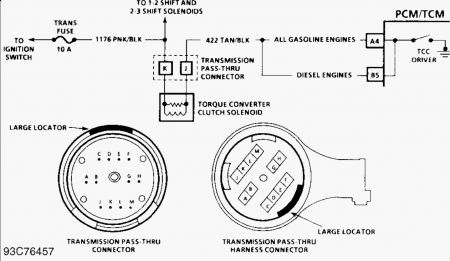Hi there,
I have this 'burbie - actually my wife's, and it is our tow vehicle for a 25' travel trailer.
For a couple years it has been shuddering at highway speeds. Started out in a narrow speed range, which has widened. Give more throttle or less and it stops. Most prominent in OD. Not much in Drive.
Have been told it is the Torque Converter. Have read that it might be the TCC solenoid. The TCC is supposed to be disengaged by the brake switch and when I press the pedal if it is doing the shudder, it DOES NOT STOP shuddering (foot still on gas to keep up speed). So either the brake switch is not canceling it or the TCC is not the problem?
The tail bearing has just a little side-play at the front of the driveshaft, and the rear end was replaced last year.
I have thought about replacing the TCC solenoid and mabe the TC. But the not cenceling thing makes me think it is not that.
Am going to check the TPS - hear that can cause it. I swear it seems like a mechanical thing not an ignition or fuel-system thing, because of the speed range and the sensitivity to throttle.
It is very annoying and I know it is not good on the drive train.
We are going to Florida on a 350 mile trip next week, towing our 25' trailer. It will be in drive for that. Last Spring we made the same trip, and it was not too bad. I planned to fix her before this trip, but just got the funds to do that this week. Arrgh!
I want to make a proper diagnosis.
If it is the TC, then what brand do you suggest? O. Has a Pro-King for $200 but I have not looked at other suppliers, brands or prices.
I think it is a 4L80E, but not sure yet.
I might change the TCC solenoid and filter, and refill with new fluid, but have heard that that can make one quit, and as we are going on a trip I might want to wait till we return. Of course, I don
Monday, January 6th, 2020 AT 9:54 AM
(Merged)




